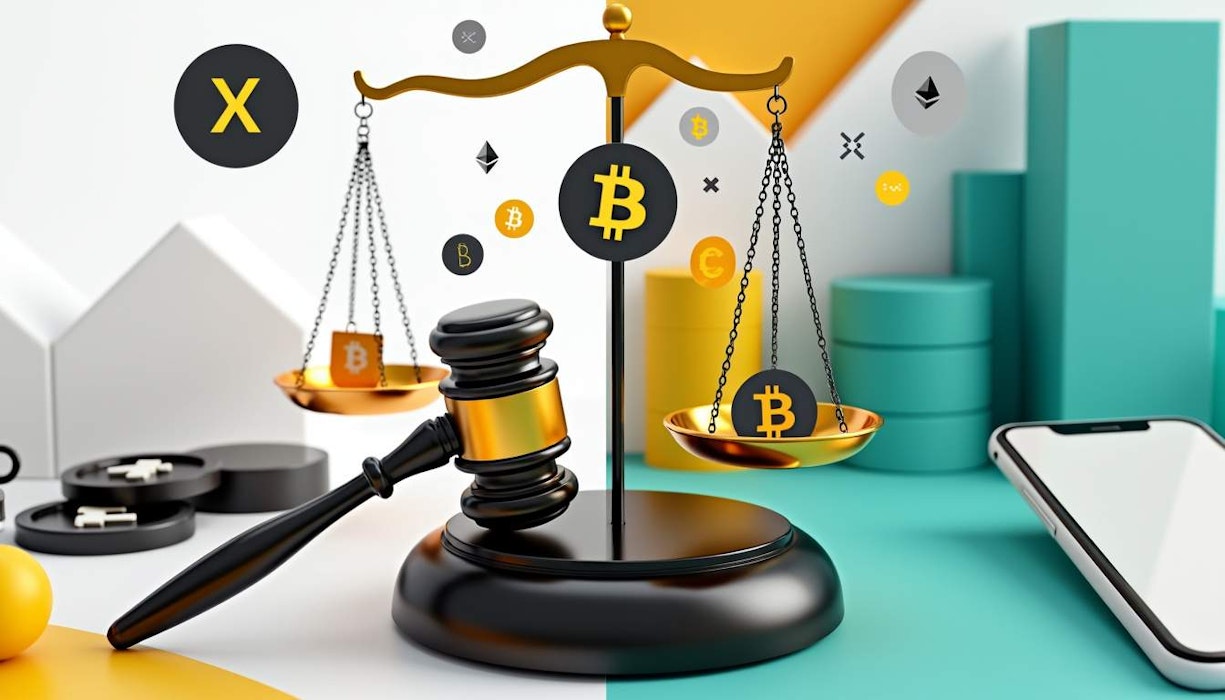XRP is in a fascinating position right now. With the ongoing legal saga involving the SEC, many are wondering how much of an impact these courtroom battles will have on its price. Is it all about the Ripple case, or are there bigger market trends at play? Let’s dive into this.
The Ripple Effect of Regulatory News
If you’ve been following crypto currency exchanges, you know that the SEC's lawsuit against Ripple has been a major factor in XRP's price movements. The claim that XRP is an unregistered security has thrown a lot of uncertainty into the mix.
Just recently, the SEC filed another appeal. This time they're not just targeting Ripple but also Chris and Brad. This could widen the gap between $0.50 and $0.80 for XRP according to some analysts.
Ryan Lee from Bitget thinks we might be stuck in this range until something changes—either a favorable ruling or more international support for Ripple could push us up, while bad news could drag us down.
Market Trends: The Bigger Picture
But let’s zoom out a bit. Broader trends in crypto trading in the US also play a huge role. When Bitcoin and Ethereum are on a tear, XRP usually tags along; when they’re down, so is XRP.
According to TokenMetrics, it’s all about sentiment. If leading cryptocurrencies are doing well, chances are XRP will follow. And then there’s liquidity—LiteFinance points out that if other major coins perform better, they’ll take up more of the liquidity space and push down lesser-known coins like XRP.
The Human Factor: Investor Sentiment
Perhaps one of the most immediate influences on price volatility is investor sentiment itself. Social media chatter can swing things one way or another pretty quickly.
Behavioral finance tells us that emotions play a big role in trading decisions—fear and greed can lead to wild swings in prices. Tools like the Fear-Greed Index show us just how emotional this market can be.
External Pressures: Economic Factors
Let’s not forget external economic factors either. In countries with strict capital controls, crypto currency becomes an avenue for bypassing those restrictions—creating demand that affects prices globally.
And as outlined by some research papers I came across, global financial instability can make cryptocurrencies more appealing as alternative assets—which again impacts prices across the board.
The Role of US Crypto Exchanges
The landscape of crypto exchanges in the US is evolving rapidly and may dictate how legal outcomes affect cryptocurrencies like XRP going forward.
Exchanges such as Coinbase and Binance.US seem to be playing it safe; if they classify something as a security and delist it, that could severely impact liquidity and market performance for any asset involved—including XRP.
Interestingly enough, platforms known for their stringent compliance measures might act swiftly post-ruling; if deemed necessary by them, they might suspend trading of certain assets immediately after such decisions are made.
Summary: A Complex Web
So where does that leave us? It seems like XRP's price volatility is caught in a web—a complex interplay between regulatory news, broader market trends, investor psychology, external economic conditions, and even exchange policies.
For those looking to navigate these waters effectively? Staying informed seems crucial—and perhaps even more so than ever given how fast things can change around here!
